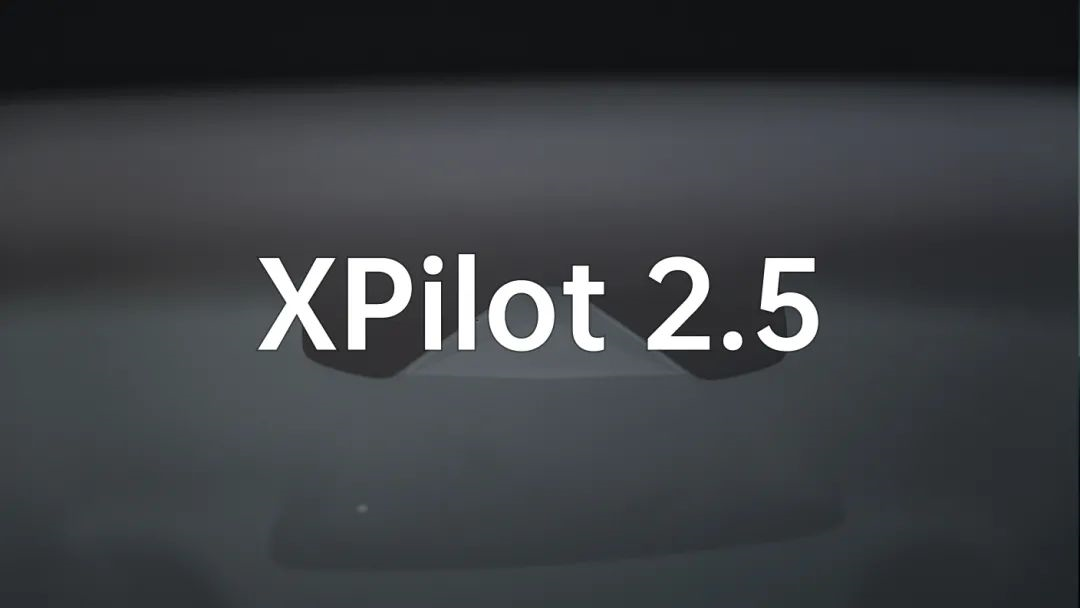Last week, the mid-term updated version of XPeng G3, the brand new G3i, was officially launched. According to the announcement of its launch, G3i still adopts the XP2.5 level automatic assisted driving system, which is consistent with its launch of G3. Many friends who have only recently paid attention to XPeng may not be familiar with XP2.5. Today, Daobaozi Li will review XPeng’s XPilot 2.5 system with everyone to see how it differs from the traditional L2 supplier solutions.
System hardware layout
XP2.5 entered the market together with XPeng G3. Its main technical parts include the bottom line control, path planning and control part, as well as the “super automatic parking assistant”, which is self-developed by XPeng.
The hardware design, sensor perception technology, and other aspects use relatively mature Bosch systems on the market. This is also the biggest difference between XPeng’s system and ordinary L2 supplier solutions. The system can be called “semi-self-developed”.
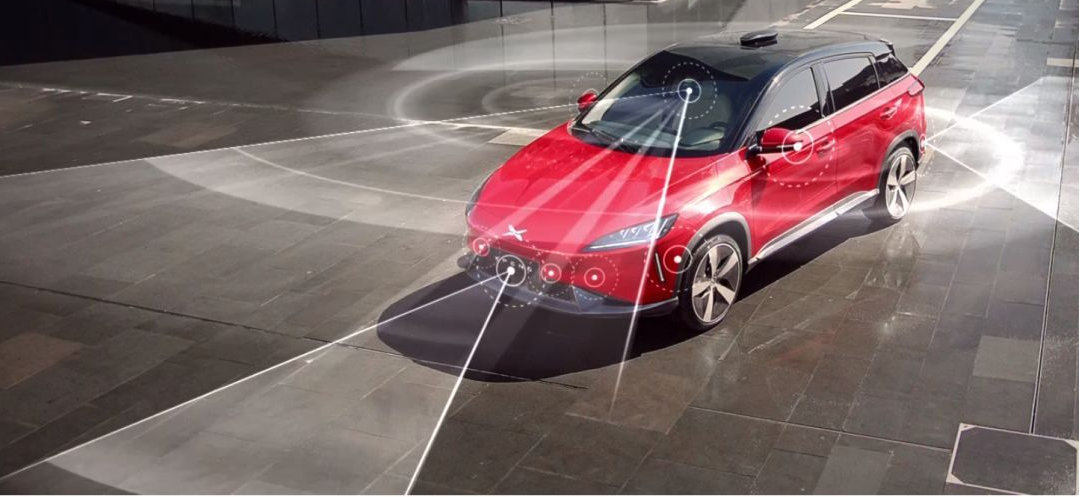
In terms of hardware layout, the sensors carried by G3i are as follows:
- 1 monocular forward-looking vision device
- 4 surround view cameras
- 3 millimeter-wave radars
- 12 ultrasonic radars
These 20 sensors constitute the perception capability combination of G3i. In simple terms, these devices are the eyes and ears of G3i, determining what the vehicle can sense around it.
Analysis of the role of hardware
Monocular Vision Device
G3’s monocular vision device is suspected to have adopted Bosch’s second-generation multifunctional vision device (MPC2). This vision device includes two parts: optical module and processing module.
The visual module includes a 1.3 million pixel camera and a high dynamic range color CMOS imager.
The processing module includes an expandable processing unit, which contains an FPGA processor and a dual-core microprocessor with a CAN interface.
This architecture uses FPGA to perform parallel processing of images, enabling the system to analyze complex driving situations in an extremely short time. Therefore, to put it simply, this vision device synthesizes the functions of the eyes (mostly) + the brain (processing chip).
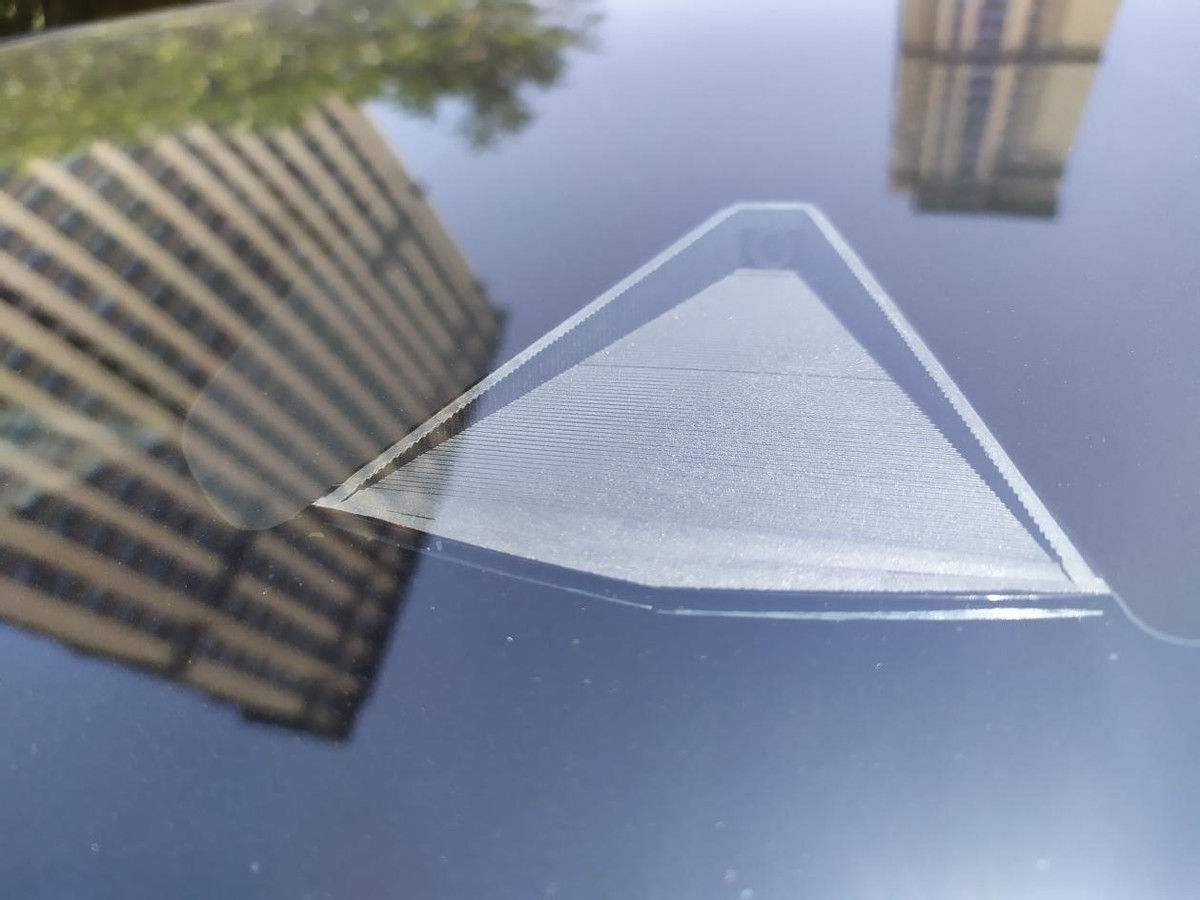
Through the vision device, we can see objects and lane markings within the range of 50° of horizontal vision and 28° of vertical vision. It can distinguish pedestrians, cyclists, motorcycles, cars, and trucks, and knows their distance, speed, lateral positioning, angle, and other attributes.The detection distance is related to the size of the object. The detectable distance of the vehicle exceeds 120 meters, and that of pedestrians is about 60 meters. It can simultaneously recognize 4 lane lines and 16 objects.
Millimeter-wave Radar
The forward millimeter-wave radar of G3i is suspected to use the mid-range millimeter-wave radar MRR EVO14 from Bosch. The radar has two detection angles: wide-angle and narrow-angle, with detection distances of up to 100 meters and 160 meters, respectively. The two short-range millimeter-wave radars located on both sides of the rear of the car have a detection range of 0.36-80 meters and are used for detecting obstacles behind and to the side.
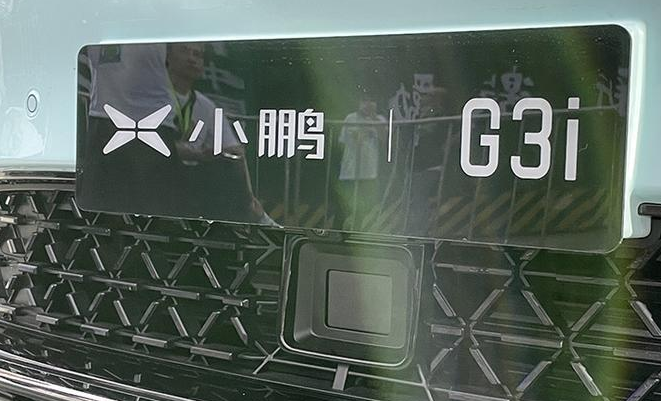
The vehicle can detect and track forward targets through the forward millimeter-wave radar, which is used in functions such as AEB automatic emergency braking, ICA intelligent cruise assistance, and TJA traffic congestion assistance. The rear millimeter-wave radar is used in functions such as ALC automatic lane change assistance, BSD blind spot monitoring warning, and RCTA rear lateral incoming car warning.
Surround Camera
Four cameras with approximately 300,000 pixels are installed below the front and rear mirrors and the sides of the G3i, which realizes a 360-degree visual perception of the vehicle surroundings.
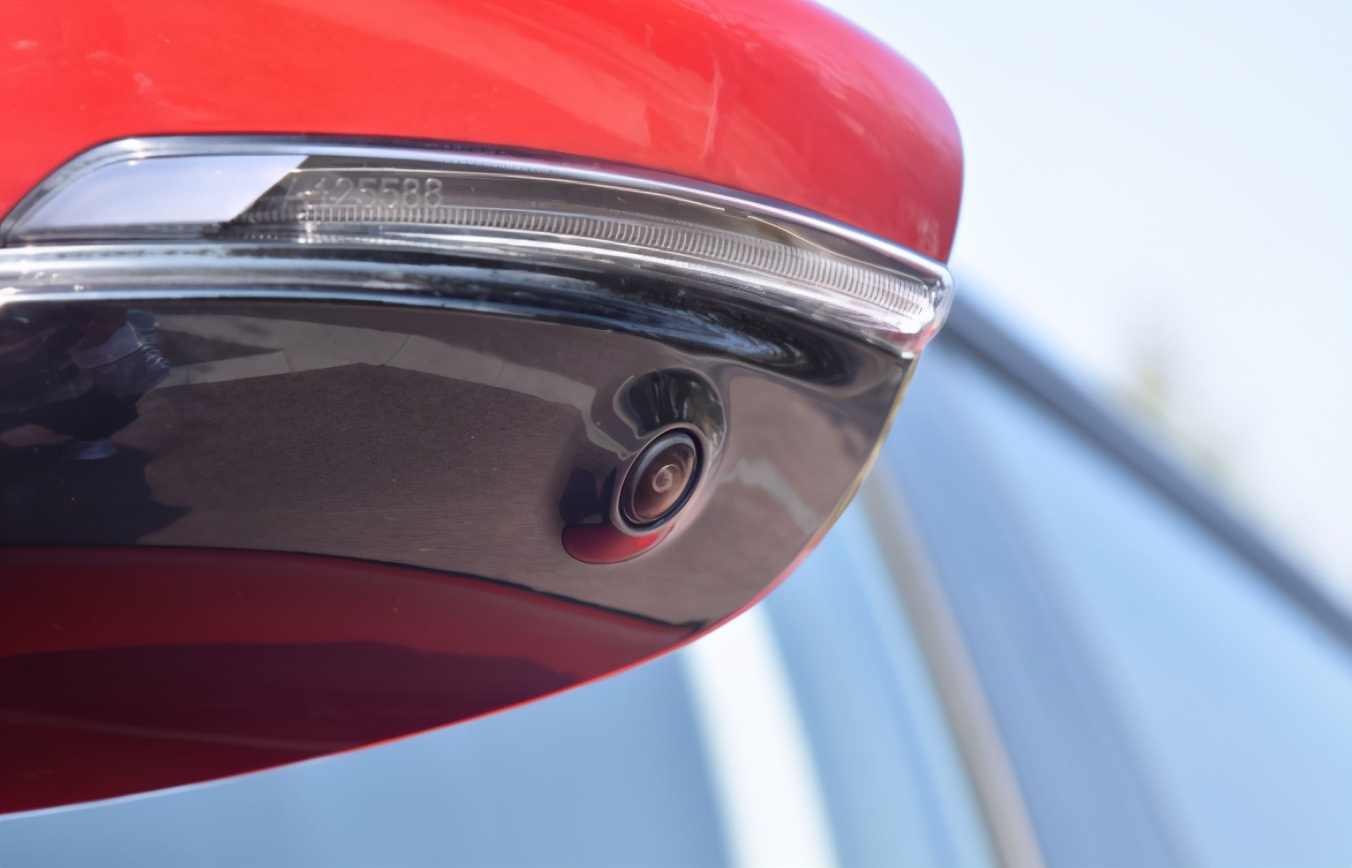
The surround camera is used to form a 360-degree panoramic image, and plays a fusion role in transparent chassis and visual parking. It is worth mentioning that XPeng’s visual fusion parking is the earliest domestically adopted visual fusion solution for automatic parking, which uses the images from the surround camera to optimize parking perception and strategies in addition to traditional millimeter-wave detection.
For XPeng, the surround camera also plays a role in recognizing parking lines during transparent chassis and automatic parking. For example, using the side camera of the external rearview mirror to recognize parking lines, easily finding parking spaces, and using the rear camera to detect whether there are obstacles on the parking space during reverse parking to avoid collision. The rear camera also detects whether the ground lock is lifted. If it is lifted, it will judge that the vehicle cannot be parked.
Ultrasonic Radar
Ultrasonic radar is a device that has been widely used in the market for a long time. The earliest reversing radar used ultrasonic radar. It calculates the distance and general outline between obstacles through reflection, but its range is short, only 3-5 meters, and is generally used for reversing radar and peripheral perception capability in narrow spaces.G3i’s ultrasonic radar adopts a layout of 4 sensors on the front and back sides respectively, which can form a ring-shaped perception ability except for the two side doors.
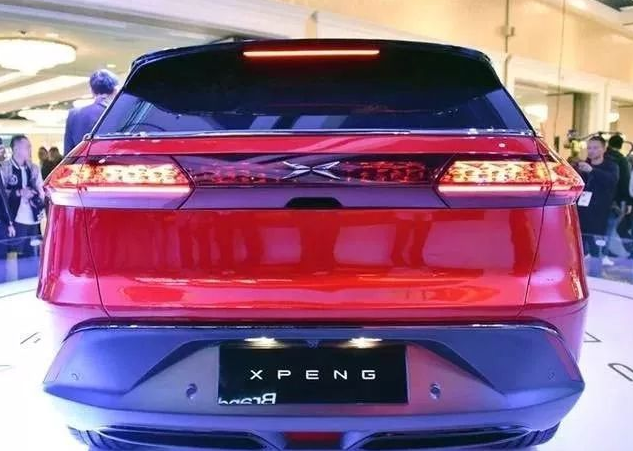
Functionality Introduction
Here, it is particularly emphasized that when comparing the functions of vehicles of different brands, we need to consider not only whether they are available, but also whether they are good enough. We cannot simply assume that the experience is completely the same by just looking at the configuration table.
ACC, Adaptive Cruise Control
The ACC of G3i is a full-speed domain ACC with start-stop function, which can travel within the set speed and adjust the speed according to the speed of the preceding vehicle. It has 5 gears and adjustable distance from the preceding vehicle and will record the adjusted distance, so it will not revert to the default distance every time it restarts.
It also has a super long fully automatic recovery function after parking. If the vehicle stops for less than 90 seconds under ACC, once the preceding vehicle starts, the vehicle will automatically follow and move forward.
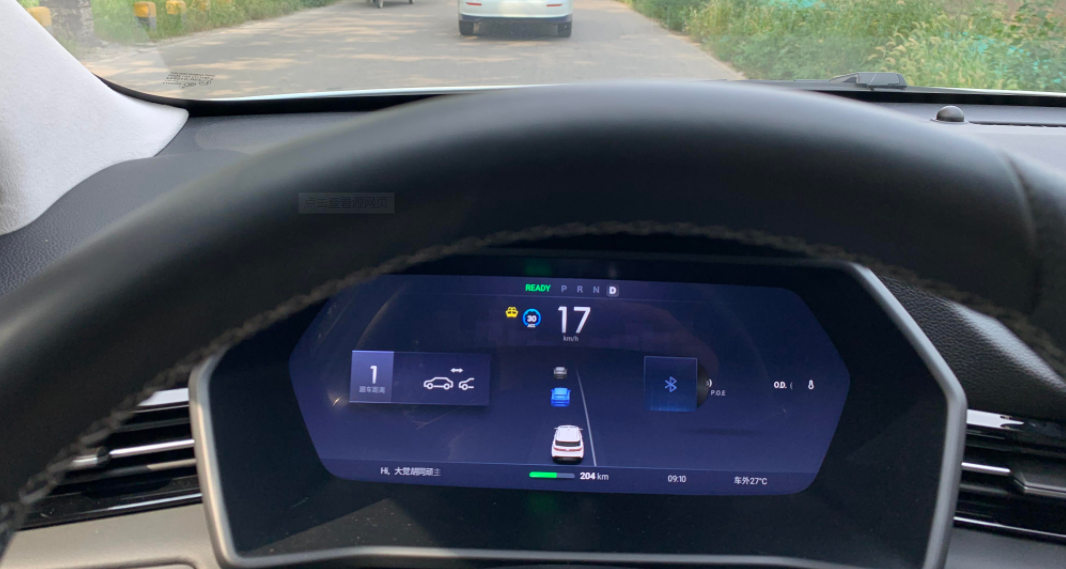
LCC, Lane Centering Control
The LCC provided by G3i is the Lane Centering Control function, rather than the Lane Departure Assist function.
The difference between them is that LCC will keep your vehicle driving steadily in the middle of the lane, while the Lane Departure Assist function will only give a little force to the steering wheel when your vehicle is about to deviate from the lane to avoid the vehicle from wandering out of the lane, but this will cause the vehicle to constantly draw curves within the lane.
G3i’s ability to maintain the lane in curves is still strong. Currently, there are no mass-produced vehicles under 200,000 Yuan that have G3i’s ability to maintain the lane. However, in the case of large curved way, such as the highway ramps, G3i is limited by hardware and cannot maintain the lane centering.
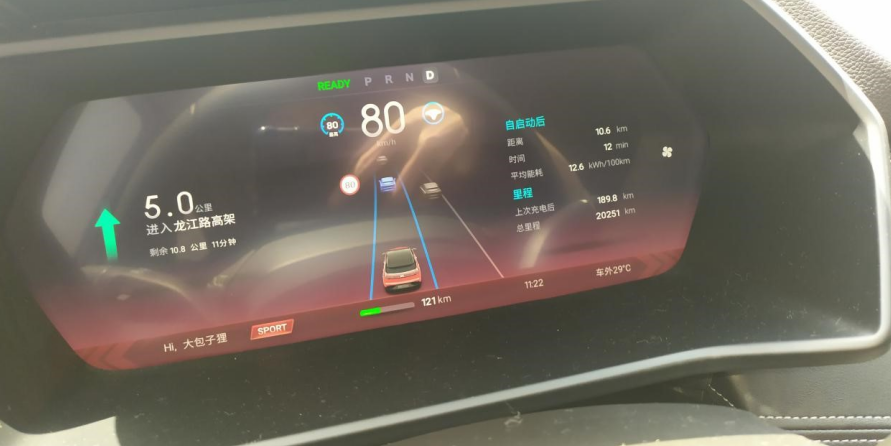
ALC, Lane Change with Turn Signals
The reason why G3i calls itself L2.5 level is because of this Lane Change with Turn Signals function. So far, there are hardly any mass-produced vehicles under 200,000 Yuan that have this function.
The biggest significance of this function is that when the vehicle starts LCC, it can overtake the slow vehicle in front by changing lanes with turn signals, avoiding the embarrassment of frequently exiting automatic driving assistance.
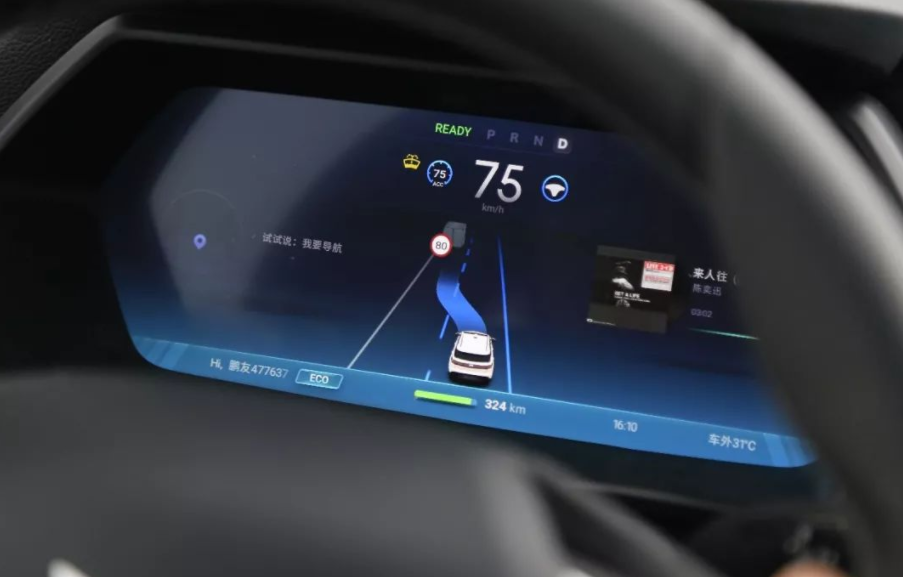
Automated ParkingG3i’s automated parking is probably the second best in the market, but no other car dares to claim the first place.
Yes, G3 is that proud, and especially so in the level below 200,000 RMB, where it can achieve visual fusion parking, support horizontal, vertical, and diagonal parking, support framed and frameless parking, and support fully automatic parking when getting on or off the car. It feels like only G3 can do that.
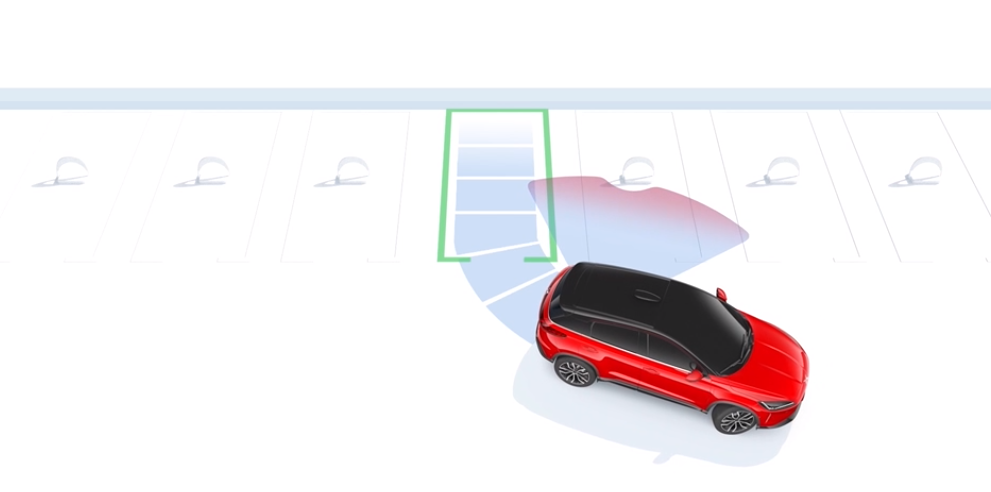
Safety Belt Pretensioner
This feature is very useful, so I want to emphasize it here. When the speed of the G3i is relatively high and it approaches the lane without indicating, the driver’s seat belt will quickly tighten twice to remind you to pay attention, accompanied by both sound and light warnings.
If the forward distance is too close and a collision is detected, the seat belt will hold you tightly onto the seat with great force, minimizing the probability of a collision. When you buckle up the seat belt every day, it will automatically shrink to the most suitable position for you, which is very proper and comfortable.
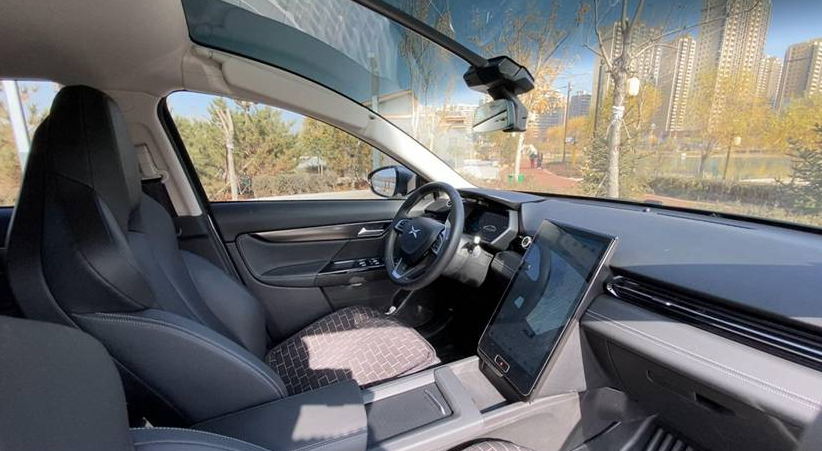
Other Features
G3i also has many other features such as AEB, cornering assistance, and many others, which I personally have experienced and found to be similar to most other configurations, so I won’t go into detail.
How to View the Relationship between XP2.5 and XP 3.0
Many people are asking why the new G3i cannot be equipped with XP 3.0, which is related to the entire vehicle architecture.
In 2017, Bosch’s visual device and its processing chip were unable to meet the data processing requirements of XP 3.0, and most of G3i’s body transmission uses CAN bus, while XP 3.0 has been fully upgraded to Ethernet.
Moreover, the perception’s millimeter-wave radar and camera clarity have been fully upgraded. If G3i were to be upgraded to XP 3.0, almost the entire G3i would have to be rebuilt from the ground up, and the generalization rate of the parts would decrease significantly, while the cost would increase, and the selling price would almost reach that of the P5, or even slightly higher.
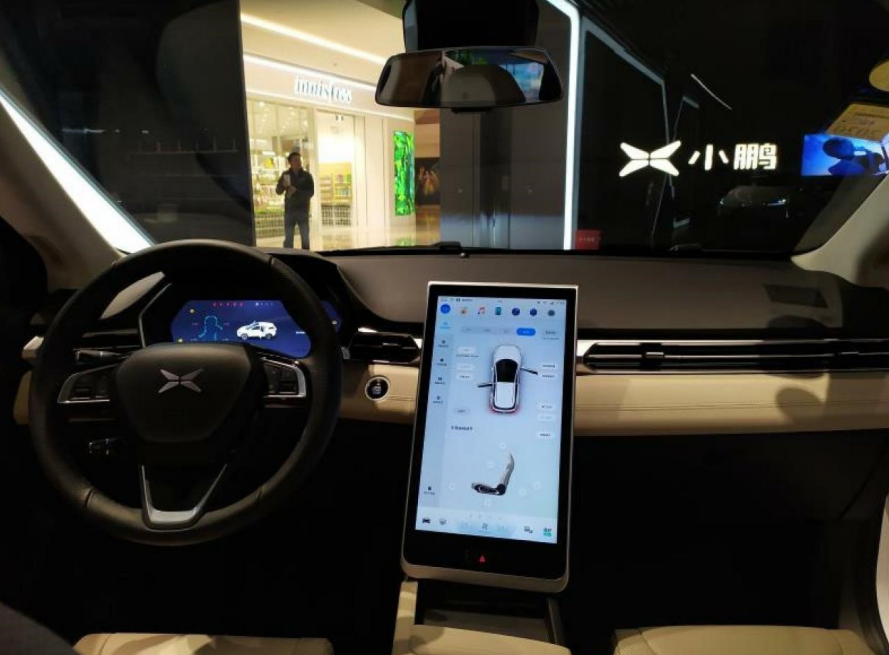
In fact, at present, the 2.5 level of assisted driving is completely adequate for users who are first introduced to automated driving. Apart from the gap in automatic lane changing and corner keeping ability on the highway, the differences are not too significant in daily use.
In simple terms, 2.5 solves the problem of whether or not it’s useful, 3.0 solves the problem of whether or not it’s fun, and 3.5 solves the problem of whether or not it’s leading the way.Considering the affordability for young people, G3i, which is positioned as the first intelligent car for young people, controls its main models at around 160,000 yuan, which is quite suitable for the market reality.
Furthermore, the XP 2.5 system has undergone two years of iterative updates and is now a very stable and complete system. According to unconfirmed news, XPeng may switch to the XP 2.5 with self-developed algorithms, and may provide some optimized experiences, which is the biggest advantage of XPeng’s intelligence.
Competitive Analysis
In this price range, personally, the main competitors of G3i are likely to be the Linge SUV C11 and the NIO U Pro, let’s analyze them briefly:
The parameter advantage of Linge SUV C11 is large. All models are equipped with 28 high-precision intelligent sensing hardware and two self-developed intelligent driving chips–Lingxin 01, with a computing power of 8.4Tops.
In terms of hardware, it nearly overwhelms the G3i, but there are a few things to pay attention to. First, in terms of past performance, the first two cars of Linge, S01 and T03, were equipped with automatic assisted driving hardware, but the performance doesn’t seem to be good.
S01 declared in 2019 that it would achieve “Tesla-level,” but it has not yet achieved lane centering. It has been three years now.
Therefore, more hardware doesn’t necessarily mean better experience. Although Linge has the support of Dahua, the scarcity and slowness of the software team dedicated to vehicles does cause some concerns.
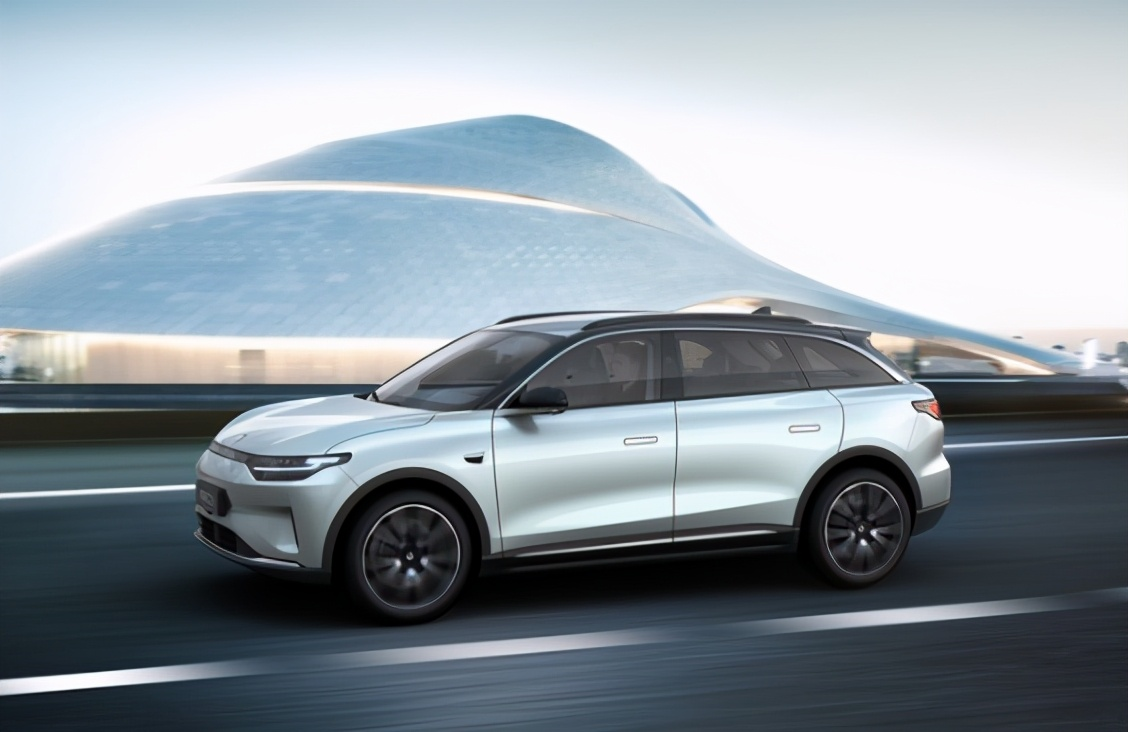
The parameters of NIO U Pro are not as eyecatching as those of Linge SUV C11, but the price of the low-end models is really cheap, and they are middle-sized SUVs priced under 100,000 yuan, which is indeed advantageous.
However, it also has the same problem as Linge, which is that it relies too much on the supplier for intelligence and automatic assisted driving. It is enough to take a look at their OTA frequency and content, with less frequency and simple content.
Moreover, 360 just acquired NIO recently, so the style will probably change a lot. I have a hunch that NIO will “redefine” intelligence.
Therefore, the problem with these two competitive models lies in the ability to achieve automatic assisted driving, especially in the era of software-defined cars, one is like an future contract, and the other is a spot contract.
So, overall, my personal suggestion is that if one is not very interested in intelligence, one can observe C11. It is indeed very affordable just by taking a look at the car. If one is interested in intelligence, then G3i is worth experiencing. Only real intelligence can live up to expectations.
This article is a translation by ChatGPT of a Chinese report from 42HOW. If you have any questions about it, please email bd@42how.com.
